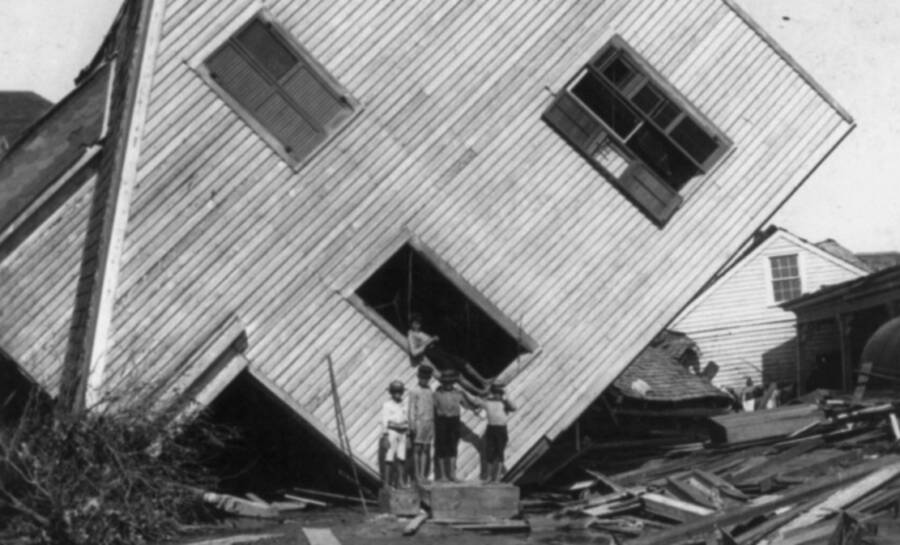From bloody battles to devastating pandemics, the deadliest days in American history have all left their mark on the United States.
What is the deadliest day in American history? It’s a surprisingly challenging question to answer.
Since 1790, the U.S. population has risen from four million to more than 330 million. During the deadliest day of the Civil War at the Battle of Antietam, the population was about one-tenth the size it is now. So the 3,600 soldiers who were killed then would be the same as losing 36,000 people today.
On top of that, many more people die every day in the United States than those directly affected by catastrophic events like natural disasters, terrorist attacks, and pandemics. In 2020, heart disease alone killed nearly 2,400 per day — about the same number who died during the attack on Pearl Harbor.
Yet, it’s the magnitude of single, deadly events that makes their legacy so powerful. Indeed, the tragic impact of these deadliest days in American history is still acutely felt, whether in a city’s architecture or in the memories of those who survived. Read on to see nine candidates for the deadliest days in American history.
The Deadliest Day In American History: The 1900 Galveston Hurricane

Wikimedia CommonsThe Galveston hurricane killed up to 12,000 people.
The fact that the 1900 Galveston Hurricane is still the deadliest natural disaster in American history speaks to its terrifying destruction. Regionally known as the 1900 Storm, the Category 4 hurricane tore through the Texan town on Sept. 8 at speeds of 135 miles per hour — and left between 8,000 and 12,000 people dead.
When the storm descended on Galveston, it ripped over 3,600 homes and commercial businesses from their foundations like paper. While the destruction of infrastructure was unlikely to have been averted with prior warnings, the death toll could have been, had it not been for an incompetent U.S. Weather Bureau.
The predecessor to the National Weather Service, the U.S. Weather Bureau was only 10 years old at the time, and tracking hurricanes across the Atlantic was still a primitive science. Nonetheless, “any modestly educated weather forecaster would’ve known” where the storm was headed, says MIT professor of atmospheric science Kerry Emanuel.

Wikimedia CommonsAbout 3,600 homes and businesses were destroyed.
At the time, scientists in Cuba had developed expert knowledge about tracking hurricanes in the storm-prone Caribbean. And they first observed the storm picking up in early September when it made landfall in Puerto Rico. And as it passed over the northern tip of Cuba, they correctly predicted that it would head northwest, straight into the Gulf of Mexico.
But in the wake of the Spanish-American War, the Weather Bureau’s director, Willis Moore, had made an appalling decision.
According to Emanuel, Moore “was so jealous of the Cubans that he shut off the flow of data from Cuba to the U.S.” and told American forecasters in the region “that they could not on their own issue a hurricane warning, that they had to go through Washington.”
So when the Weather Bureau sent their forecast that the hurricane would pass over Florida and head to New England, Galveston residents were left entirely unprepared for the disaster.
And although Isaac Cline, the Weather Bureau’s chief observer in Galveston, urged locals to leave town at the last minute, nobody listened. The day the hurricane made landfall, it inundated the streets, which rose to a peak elevation of just eight feet above sea level, with a 15-foot storm surge — and killed Cline’s wife.
“The Galveston hurricane made people realize you can’t play politics with a weather bureau,” says Emanuel. “If you make it political, people will die.”
And with upwards of 12,000 people killed by the hurricane, Sept. 8, 1900, might be the deadliest day in American history.





